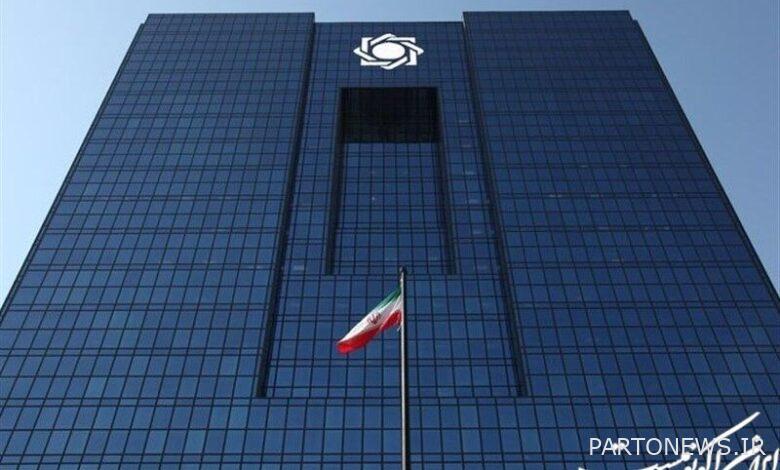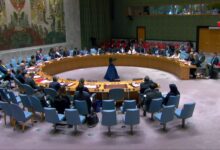Stability and predictability are necessary for a progressive economy

“Vahid Shaghaghi Shahri” in an interview with Iran is an economist He added: Central Bank has put economic stabilization policy on its agenda during the period of sanctions.
Referring to the country’s economic stability in the 1960s, which was known as coupon policies, he continued: It is natural that the concept of economic stabilization proposed by the Governor of the Central Bank is different from the economic stabilization of the 1960s, and his approach is to stabilize macroeconomic variables. .
This economic expert said: Central Bank is trying to stabilize monetary and currency variables in Iran’s economy so that investors can plan based on this stability and consumers can make purchasing decisions based on the stability that will prevail in the economy.
He emphasized that stability and predictability of the economy are necessary for a progressive economy, and without these two components there is no possibility of investment and buying and selling, he pointed out: on this basis, the central bank has put all its efforts in the stabilization policy to Control exchange rate fluctuations and gradually curb inflation.
Shaghaghi stated: The central bank has also taken measures to implement the policy of stability of the currency market and gradual reduction of inflation, and for example, we can mention the establishment of the currency exchange center, which became transparent with the help of this center.
He added: In the continuation of the stabilization policy, the central bank followed measures such as organizing non-performing banks, preventing banks from overdrawing from the central bank, and controlling the growth of liquidity in the economy.
This economic expert stated: Since the central bank’s monetary and foreign exchange policies were combined with active economic diplomacy and control of inflationary expectations, relative stability followed in the Iranian economy, and for example, we can mention the stabilization of the dollar rate, which in the informal market in the channel 48 and 49 thousand tomans and in the exchange center it is priced between 40 and 42 thousand tomans and we see a slight fluctuation.
He continued: By implementing the policy of order in the banking network, bad banks have been tried to be organized; It has even been emphasized in a way to sell surplus property and frozen assets of banks, and the central bank’s effort is to release frozen assets of banks and control imaginary assets and discipline bad banks.
Shaghaghi stated: Discipline in the banking system is one of the key policies in the era of economic stabilization, and as long as banks are disciplined and their performance and balance sheets are transparent, the issue of banks’ indiscipline and their overdrafts from the central bank or the expansion of frozen assets will be controlled. The dissatisfaction of banks is reduced.
He emphasized: It is true that the central bank is following contractionary policies, but efforts are being made to implement the credit management policy, and with the supervisions that are being carried out, credit management will be carried out and economic productive sectors will benefit from banking facilities, but the basic condition is It is for the banks to stop being increasingly corporate and to sell their frozen and toxic assets.
This economic expert continued: An example is Tejarat Bank, which has auctioned a large land, the value of which is 15,000,000 billion Tomans, while the value of Tejarat Bank in the capital market is 50,000 billion Tomans, and this shows that Our banks have valuable frozen assets that they have been holding and this has led to banks’ disharmony.
He added: If these frozen properties are sold, the dissatisfaction of the banks will gradually decrease and with the decrease of the dissatisfaction, the health index of the banks will increase and the central bank will have a strong management over the banking network.
This banking expert emphasized: liquidity growth can be controlled through bank discipline.

